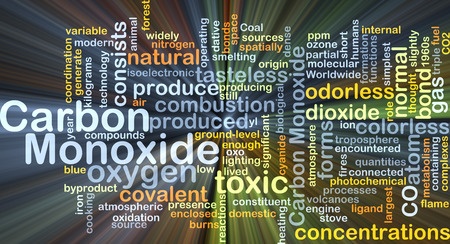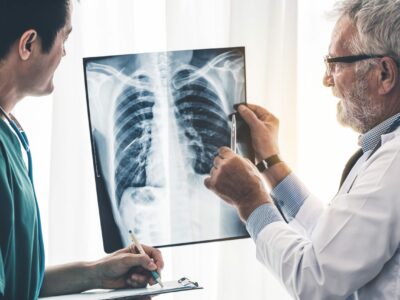

January Deadliest Month of the Year for Carbon Monoxide Poisoning
A five year study on carbon monoxide poisoning statistics between 1999 and 2004 was completed and released by the federal Centers for Disease Control and Prevention in December, 2007. The research team found that January was the deadliest month of the year for carbon monoxide poisonings in the United States. They attributed at least two deaths per day from carbon monoxide poisoning in January, which was three times the carbon monoxide poisoning rate recorded in August and July. Unintentional exposure to carbon monoxide was the cause of 15,000 emergency room visits in each year of the study with an average of 439 people dying each year.
Why is carbon monoxide poisoning highest in January?
The rate of carbon monoxide poisoning is highest in the winter months for obvious reasons; the cold weather means more usage of gas-powered heaters, attempts to heat the home with an oven or other potentially hazardous power sources such as propane stoves and portable generators. It is also the time when people like to warm up their cars before starting the journey. The second highest month for carbon monoxide related deaths is December.
It is also understandable that cold weather states have disproportionately higher rates of carbon monoxide injuries. States like Nebraska, Alaska and Montana suffer high rates while California has the lowest carbon monoxide fatality rate.
Who is most vulnerable to carbon monoxide poisoning?
In the study, carbon monoxide fatalities were highest among men and senior citizens. They found that men were vulnerable to these fatalities because they were more likely than women to be involved in high-risk activities such as working with fuel-burning tools or appliances and seniors because they were more inclined to confuse the symptoms of carbon monoxide poisoning such as headaches, nausea, and dizziness for the flu or fatigue.
Carbon monoxide safety tips
Carbon monoxide injuries may be preventable with the installation of a proper alarm system. Many more households have these alarms installed today compared to a decade ago because of education on the subject as well as stricter building codes.
Use the following safety tips to prevent a carbon monoxide injury in your home:
- Never warm up your car inside a garage attached to the house – even with the garage door open.
- Ensure that there is a functioning battery-operated carbon monoxide poisoning detector on every floor of your house, preferably near bedrooms.
- Call a technician to inspect and maintain your heating system, gas appliances and water heater every year. Spring through early fall is an ideal time to handle this maintenance.
- Do not burn items in an unvented stove or fireplace.
- Do not use a gasoline, propane or charcoal-burning grill, camp stove or generator inside the home, garage or outside the house near a window.
- Never heat your house with a gas oven.
If one of your carbon monoxide detectors is beeping, leave your home immediately and call 911 from outside. Seek prompt medical attention if you suspect carbon monoxide poisoning and if you or someone in your household is feeling dizzy, light-headed or nauseated.
If you or a loved one is dealing with an accident or injury through no fault of your own, you have enough on your plate. Let an experienced accident attorney fight for the full compensation that you deserve. It is not uncommon to receive a settlement from the insurance company that is five to ten times bigger with the help of a lawyer. Call the caring accident attorneys at Tario & Associates, P.S. in Bellingham, WA today for a FREE consultation! We have been representing residents of Whatcom County, Skagit County, Island County and Snohomish County since 1979. You will pay nothing up front and no attorney fees at all unless we recover damages for you!




